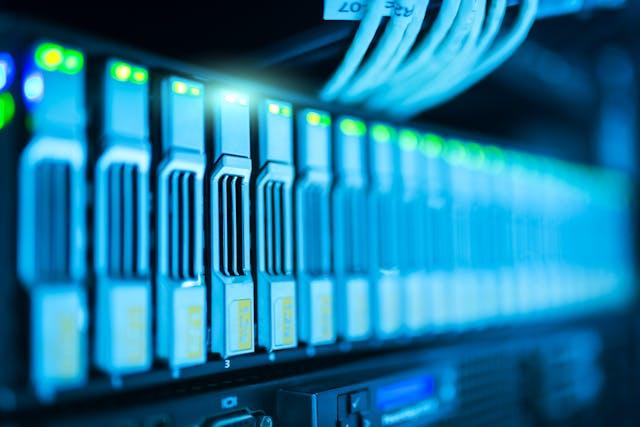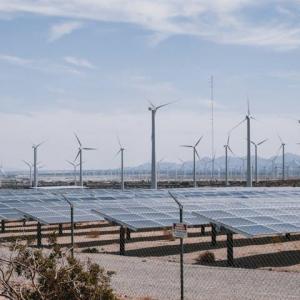
Introduction:
Introduce the concept of edge computing and its emergence as a transformative technology. Discuss the shift from centralized cloud computing to decentralized edge computing.Understanding Edge Computing:
Define edge computing and its key principles. Discuss how edge computing processes data closer to the source, reducing latency and improving real-time processing capabilities.Key Components of Edge Computing:
Explore the key components of edge computing architecture. Discuss edge devices, edge servers, and the role of edge gateways in facilitating communication between devices and the cloud.Benefits of Edge Computing:
Highlight the benefits of edge computing in comparison to traditional cloud computing. Discuss reduced latency, enhanced data privacy, improved bandwidth efficiency, and increased reliability.Applications in Various Industries:
Discuss the diverse applications of edge computing across industries. Explore use cases in healthcare, manufacturing, smart cities, autonomous vehicles, and the Internet of Things (IoT).Real-Time Analytics and Decision-Making:
Explore how edge computing enables real-time analytics and decision-making. Discuss the importance of processing data at the edge for applications that require immediate responses.Security Considerations:
Address security considerations in edge computing. Discuss how decentralized processing may introduce new security challenges and explore strategies for ensuring data integrity and confidentiality.Integration with 5G Technology:
Discuss the synergy between edge computing and 5G technology. Explore how the rollout of 5G networks enhances the capabilities of edge computing by providing high-speed, low-latency connectivity.Challenges and Solutions:
Address challenges associated with edge computing, including scalability, standardization, and management complexity. Discuss ongoing efforts and solutions to overcome these challenges.Edge Computing in Smart Cities:
Highlight the role of edge computing in shaping smart cities. Discuss applications such as traffic management, public safety, and environmental monitoring that benefit from decentralized data processing.Environmental Impact:
Discuss the environmental impact of edge computing. Explore how localized data processing can lead to energy efficiency and reduced carbon footprint compared to traditional cloud computing.Industry Adoption and Case Studies:
Explore examples of industries and businesses adopting edge computing. Discuss case studies that showcase successful implementations and the positive outcomes achieved.Future Developments in Edge Computing:
Speculate on future developments in edge computing. Discuss potential advancements, innovations, and the evolving landscape of edge computing technologies.Conclusion:
Summarize the rise of edge computing and its transformative impact on data processing, emphasizing its role in enhancing speed, efficiency, and the overall capabilities of modern technology.
Article
Be the first comment
Elite Article














